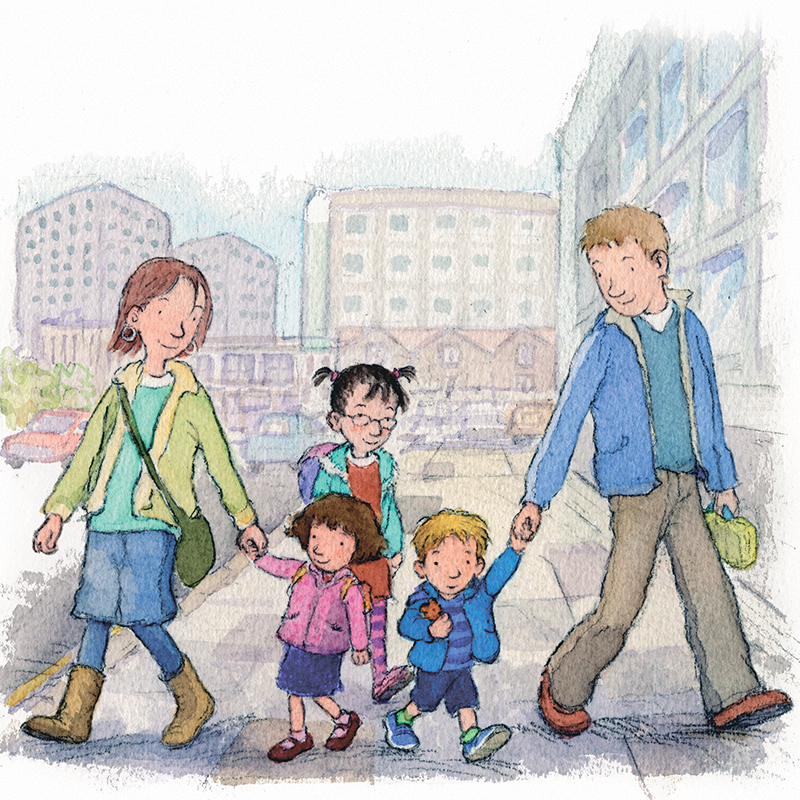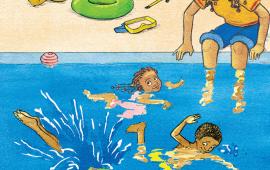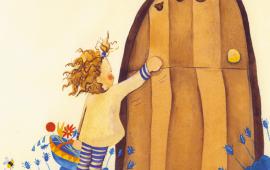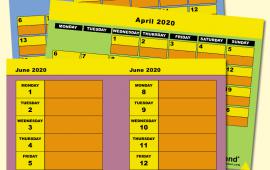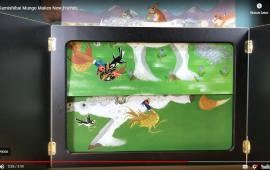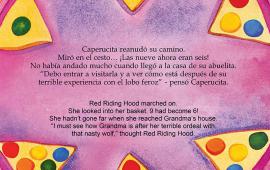Back to School blues? How PENpal can help ease the burden
While it doesn’t seem like five minutes since we were all breaking up for the summer holidays, THAT time of year is here again. Yes, it’s time to start sharpening the pencils, making sure all the uniforms are in order, and getting the sandwich boxes ready: back to school for the autumn term. (Yes, we know in some parts of the world the school year has been underway for a while!)
Your first day anywhere can seem a little bewildering and very tiring: there’s so much to learn. New people to meet, new routines to learn, and new places to discover. So we thought we’d just mention a few ways that PENpal can help.
As I’ve got older, I’ve realised how useful it can be sometimes to have someone just talk you through the instructions on how to do something, one at a time – whether it’s tying your shoelaces or laying out a uniform the night before. For younger children, even instructions to help them understand with what clothes they need to put on first can be helpful.
Your first day anywhere can seem a little bewildering and very tiring: there’s so much to learn. New people to meet, new routines to learn, and new places to discover. So we thought we’d just mention a few ways that PENpal can help.
Labelling of items
How many times have you sewn or ironed labels into clothes and bags, and onto books and other items, only to have them vanish? Use the PENpal stickers to help identify personal belongings – and even better, you can keep reusing them. If you have a school teacher who’s amenable, you can also ask about identifying clothes hooks, folders and the like. (And for teachers, this can be a great way to keep track of children’s names, on a classroom plan, for instance, or their work trays or boxes.)To-do lists
Whether this is homework, or items you must not forget to take with you to school, this is another option. We know we can make lists with pen and paper, but sometimes it’s actually reassuring to have a gentle voice nagging us, in the nicest possible way, to get our PE kit ready the night before, or return our books to the library.Sequencing of instructions
Following on from the to-do lists, it’s often nice to have instructions spelled out one step at a time. When I was little, I really struggled to tie my shoe laces. On an ordinary school day this didn’t matter, as I wore slip-ons or shoes with buckles. When it came to PE sessions, however, it was a major issue, as we weren’t allowed to wear plimsolls; it had to be lace up white sandshoes or tennis shoes. Eventually I learned how to tie a bow, thanks to my incredibly patient dad showing me countless times and talking me through the whole thing one process at a time.As I’ve got older, I’ve realised how useful it can be sometimes to have someone just talk you through the instructions on how to do something, one at a time – whether it’s tying your shoelaces or laying out a uniform the night before. For younger children, even instructions to help them understand with what clothes they need to put on first can be helpful.
New vocabulary
This is one of the most fun ways to use PENpal. When you start a new school, there is so much to remember. While some items will be familiar, many will not. Just what do you call all those lovely art supplies? How do you know if it’s a crayon or a pencil? And if your first language isn’t English, just what is the English word, and how do you pronounce it so that everyone understands? Photos or quick drawings can really help support this application of PENpal.Oracy and literacy
We know we keep talking about this skillset, but these skills are so very important. Following the acquisition of new vocabulary, PENpal can really come into its own to help learners understand the “shape” of words, the sound of words, and words themselves, whether it’s applied to a word, a sentence, or an entire story. One of the best ways to help children with their first day at a new school is for them to see examples of other children coping with that major life milestone; which is where Tom and Sofia come in. Several editions of this bilingual book are TalkingPEN enabled.How does PENpal work again?
PENpal is a barcode reader which detects “micro” barcodes – teachers, parents, caregivers and pupils can record their own voices to add sound to objects, displays, and countless other items, bringing them to life and making them more accessible and manageable.
Related Posts
-
The elephant in the room? A few facts about our largest land animal
-
Personal in the nicest possible way – Check Out the great new 2019 SEN Resources Catalogue from Mantra Lingua - Bilingual books and more
-
Making a splash!
-
PENpal Supports Focus on Oral Language Skills
-
You, me and those who came before - Refugee Week 2019
-
Poet laureate or children's laureate - what's the difference?
-
Talking To The Wall? Interactive Synchronised Calendars And Diaries, New For 2020
-
Season's Greetings
-
Once upon a time, in a not-so-faraway land…
-
The benefits of bilingual books - six pertinent questions (and answers)

